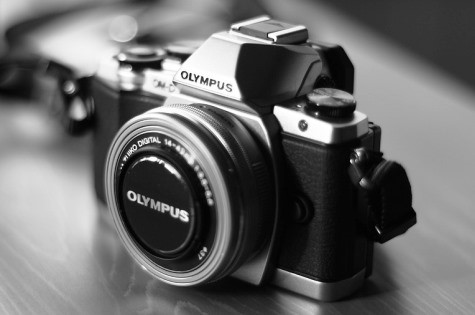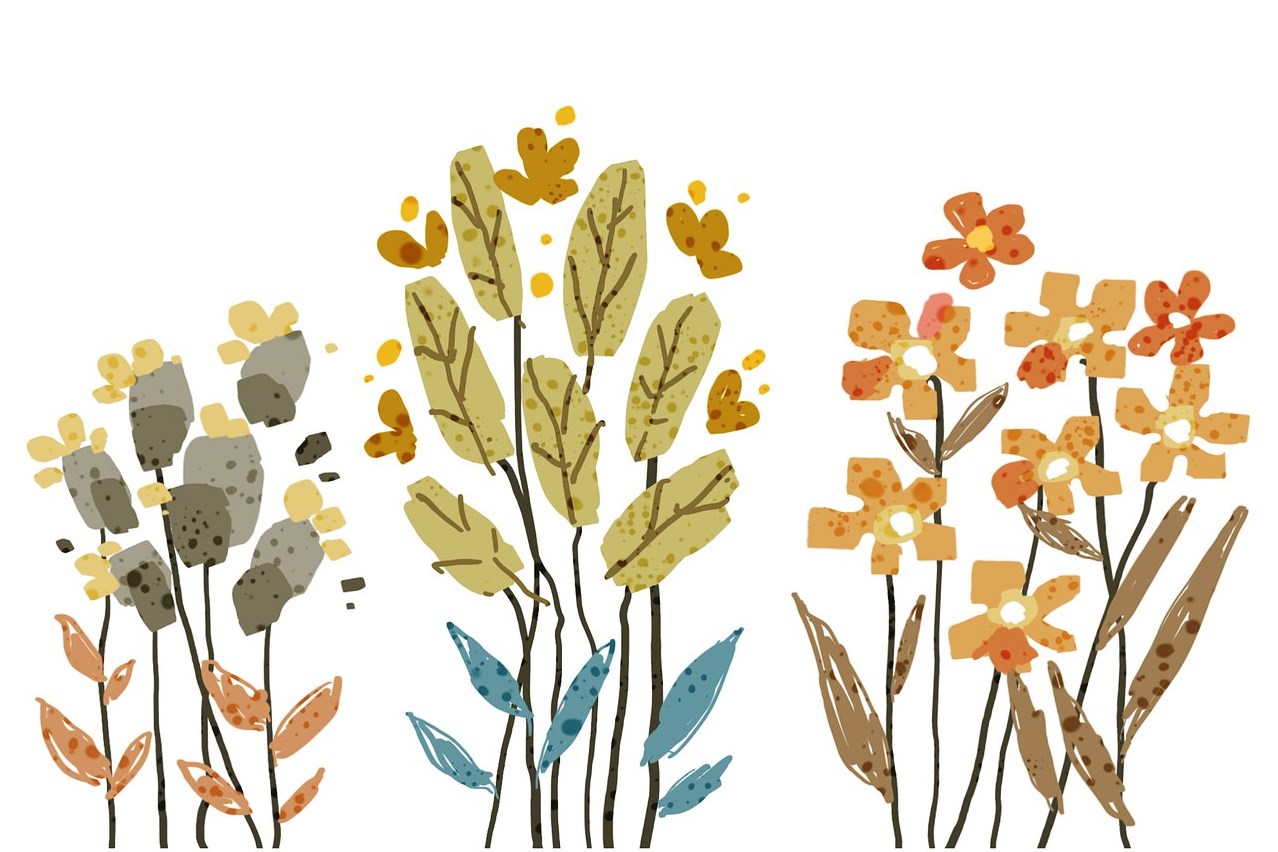Does the cost of stock photography sometimes leave you reeling? Join the club! I’ve been shopping for and using stock photos for over 25 years and the price tag can leave me speechless on occasion.

While cost is very often what sends people hunting for free or cheaper sources of stock photography, there’s another reason that becomes bigger as time goes on — lack of choice. Have you noticed the same pics showing up on multiple paid sites? Me too. There’s a particular coffee cup, for example, following me from 123RF to Dreamstime, Bigstock to Canstock, Shutterstock to Deposit and back again.
So I go hunting for something that doesn’t look like the same picture everyone else is using on their content about the same topics. And even if I don’t see them everywhere, shots on the major sites can be perfectly fine but … predictable. Technically good, of course, but safe, cookie cutter … boring.
Not surprising then that we attempt to escape high cost, repetitiveness and blandness by Googling phrases like “free stock photos” or “hi-res free photos.”
Only then we find out how bad some of the “free stock photo” offerings are. Well, maybe not so shocking if you subscribe to the “you get what you pay for ” school of thought. But even taking that into account, some of them are breathtakingly bad. Luckily there are increasingly good places to find high quality, absolutely free stock photos.
All the sites below offer free high-resolution photos under a Creative Commons Zero (CC0) license which means:
- you can copy, adapt or distribute the images for either commercial or personal use without requiring creator consent.
- you can’t claim ownership or resell them as is.
No purchase, permission, or attribution* required.
Foodie’s Feed: High-res food images. Free for personal and commercial use. Free to use without attribution. Do not resell or claim as original work.

Unsplash: All photos published under Creative Commons Zero license which means you can copy, modify, distribute and use the photos for free, including commercial purposes, without asking permission or providing attribution.

Pexels: An enormous treasure trove of free stock photos and very well organised. Also on offer free stock video!!!

StockSnap: All photos on StockSnap fall under the Creative Commons CC0 license. That means you can copy, modify, distribute any photo on the site, even for commercial purposes, all without asking permission.

Negative Space: “All of our beautiful stock images have a CC0 license, so whether for personal or commercial projects, they are completely free to use!”

Free Range Stock: “Images on the site are either shot by Freerange Stock, drawn from Freerange archives, or contributed by a talented community of photographers. Freerange is an advertising revenue supported photographic community – photographers get paid when users click on the ads that appear next to their submissions.”

Rawpixel says their mission is to “Create the best, most progressive design resources for everyone, empowering the world to use creativity for good” and I have to say, it’s an inspiring collection. And not just of photos but vectors and public domain content as well (super useful for historical projects). There are priced options – all of which support their charitable efforts.

Skitterphoto: “Skitterphoto was launched in 2014 by amateur photographers with day jobs from Groningen and Drenthe in The Netherlands. We decided to let our pictures go and publish them online on our own website.”

Kaboompics: “Every month, over 80.000 people from 209 countries visit Kaboompics, a royalty-free service for stock images I created.”

Pixabay: It’s quite business and marketing oriented but that’s OK because that’s what a lot of folks want. The usual terms for these sites – use it as is, change it, credit it or not. Totally up to you. Just don’t resell a photo as is. Also contains vectors and illustrations on the same terms.

When I find new sites or other useful bits and bobs, you will be the first to know.
* A note on attribution. Yes, sometimes design restrictions or the nature of the project itself does not leave ‘space’ (physical or budgetary) for attribution. We all get that. But while none of these REQUIRE attribution – when you can, you ought to credit the people who created the resource you are using.
